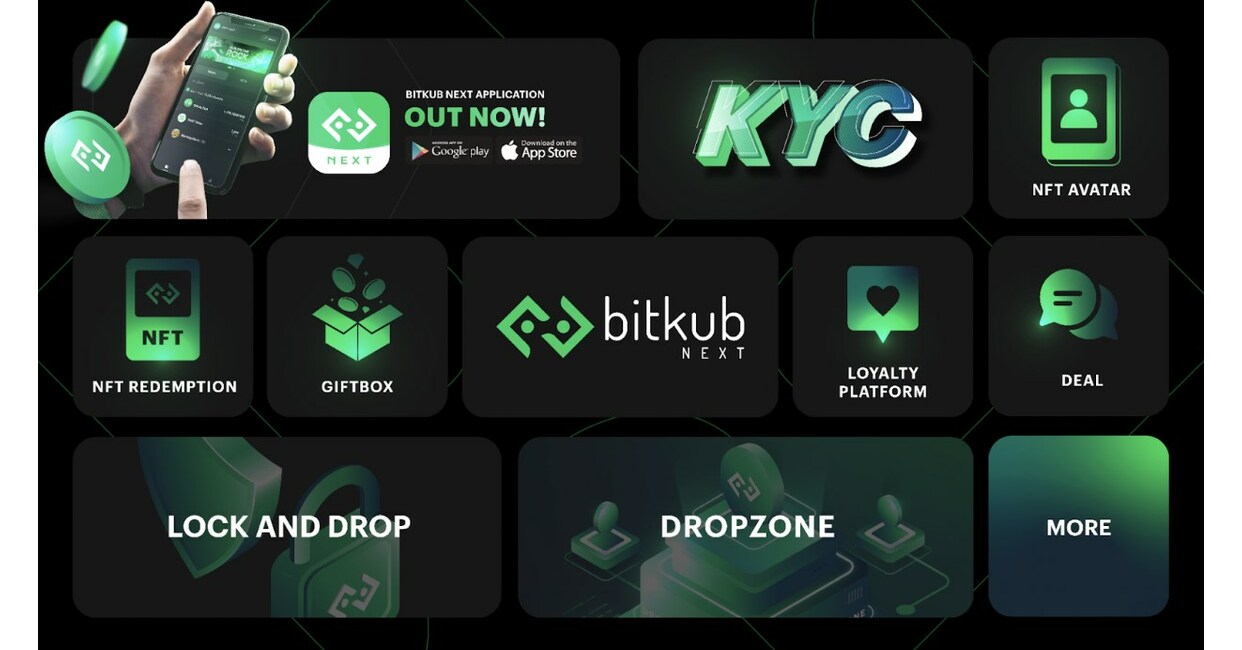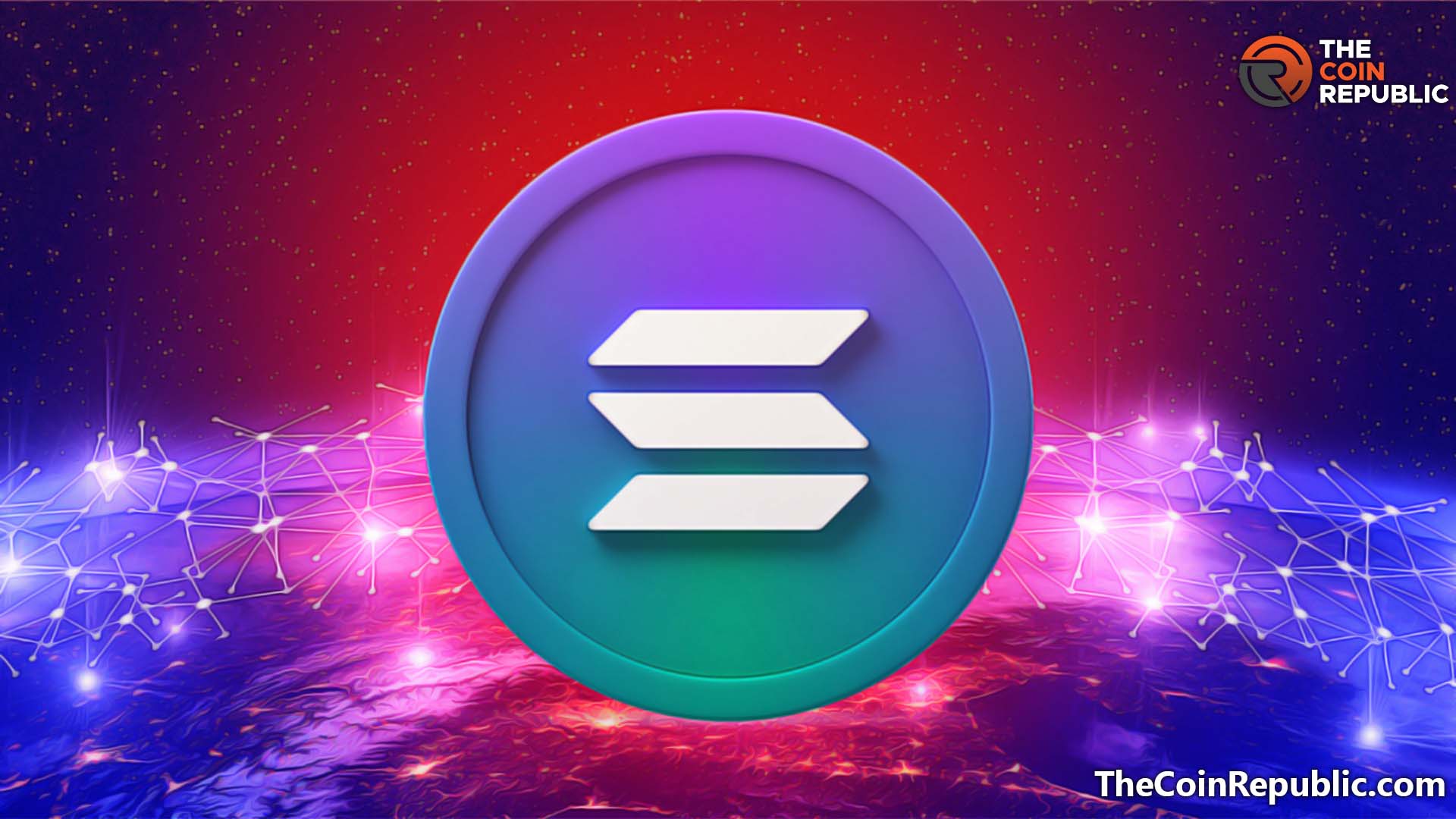Understand the different layers of blockchain technology

Blockchain technology was created in 2009 by a pseudo-anonymous person or group called Satoshi Nakamoto. This innovation gave birth to Bitcoin, the most prominent cryptocurrency to date. Although there is speculation about who Satoshi is, the real identity of the genius behind this incredible innovation remains a mystery.
A blockchain is a distributed ledger technology (DLT) secured with advanced cryptography methods and consensus algorithms. These distributed ledgers use nodes to synchronize, send and record data over a peer-to-peer network. As an immutable technology, DLTs ensure data integrity and security, providing a database that no single entity owns or controls.
The blockchain industry has grown at an exponential rate since its inception. With Statista estimating that the blockchain technology market will reach $163 billion by 2027, blockchain is a technology that everyone needs to understand.
This article explains the two essential types of blockchain layers: Architecture layer and Protocol layer, and will cover the different functions of each layer.
The Blockchain Architecture
The first type of Blockchain Layer is the Architecture Layer, which is composed of 5 layers: the hardware layer, the data layer, the network layer, the consensus layer and the application layer. Read more to learn how these layers work.
Hardware layer
The hardware layer is the first layer of blockchain architecture. As the foundation of blockchain technology, the hardware layer provides the physical infrastructure for the blockchain network. This layer consists of nodes, which are multiple data servers that run the blockchain’s hardware and software for the purpose of processing, verifying and storing transactions on the blockchain.
Each blockchain’s group of nodes form a peer-to-peer network to communicate and share information about the blockchain. Nodes also act as validators for all transactions that occur on the network. Because these nodes are generally operated from many locations around the world, they help the blockchain maintain its integrity by ensuring maximum uptime and making it extremely difficult to hack.
Data layer
The data layer is the second layer of the blockchain architecture and is responsible for storing the actual data on the blockchain. The data layer consists of the blocks of a blockchain, which are collections of transactions that have been verified and confirmed by the nodes that run the network. This layer includes the first block in the chain, the genesis block.
Data layers are essential because they ensure that the blockchain’s data is accurate and tamper-proof. The data inside these blocks are secured with private keys and public keys that act as digital signatures to maintain their security and integrity.
Network layer
The network layer is the third layer of blockchain architecture. Often referred to as the peer-to-peer layer, the network layer is responsible for managing and maintaining the network infrastructure of the blockchain. It is also called the “propagation layer” because it is where block creation, block addition, and node communication occur.
This propagation layer is where the nodes and miners consistently communicate transaction data over a peer-to-peer network. The nodes and miners use their computing power to solve complex mathematical problems to check the validity of the transactions. Through consistent communication between nodes of transaction data on the network, the network layer ensures the legitimacy of the transactions.
Consensus team
As the fourth layer of the blockchain architecture, the consensus layer is responsible for ensuring that all nodes on the network agree on the validity of the transaction data. This layer is important because it guarantees that all nodes in the network agree on the information stored on the blockchain.
This consensus layer consists of the algorithms and protocols for multiple nodes to reach consensus on new blocks and additions to the blockchain. All nodes validating the transaction must agree to declare the transaction valid. Consensus mechanisms can vary across blockchains, for example with Bitcoin’s Proof-of-Work consensus mechanism or Ethereum’s Proof-of-Stake method.
It is also worth mentioning that the more node validators there are in the consensus mechanism, the more decentralized the blockchain network is. However, as more transaction data needs to be validated on the network, the higher the transaction fees become, a known blockchain scalability issue for Proof-of-Work systems.
Application layer
The application layer is the fifth and final layer in the blockchain architecture and is where you can find smart contracts, decentralized applications (dApps), user interfaces (UI) and chain code. Essentially, this layer consists of services and application programming interfaces (APIs) that allow other apps to access the blockchain network.
One of the most popular concepts for a dApp is DeFi, also known as decentralized finance. Unlike transactions in traditional finance, where central banks are intermediaries, DeFi eliminates these intermediaries. Instead, the transactions are peer-to-peer.
Both Proof-of-Work (PoW) and Proof-of-Stake (PoS) systems are capable of running dApps, thanks to smart contracts at the application layer. Networks like Ethereum, Polkadot, and Cardano are good examples of platforms that have an application layer that developers use to build their own dApps.
The layers of blockchain protocols
The second way to understand blockchain technology is to know the different layers of blockchain protocols. The Blockchain network consists of four layers: Layer 0, Layer 1, Layer 2 and Layer 3.
This is how it works:
Create 0
Layer 0 is the network architecture of blockchain technology. This layer is the foundation of the blockchain protocol. It is responsible for providing the essential infrastructure for the blockchain network. Layer 0s use native tokens, also known as cryptocurrencies, to empower development and participation in the network.
Examples of layer 0 blockchain protocols that have native tokens include:
- Bitcoin – $BTC
- Ethereum – $ETH
- Polka Dot – $DOT
Layer 1
Layer 1 is responsible for storing the actual data on the blockchain. This layer consists of the blocks, which are a collection of transactions verified and confirmed by the nodes on the blockchain. New blocks join the blockchain in a linear, chronological order. Layer 1 is important because it ensures that the blockchain’s data is accurate and tamper-proof.
There was a known scalability issue with Proof-of-Work Layer 1s systems like Bitcoin and the Ethereum network before the merger. As more people join the network, higher computing power is needed in the consensus mechanism, leading to higher gas/transaction fees and longer processing times.
However, these scalability issues are mitigated by Proof-of-Stake (PoS) systems, as they have significantly lower energy requirements. Sharding, part of some PoS systems, helps with scalability as it shares computing power.
Layer 2
A layer two protocol sits on top of layer 1. These overlapping networks are also known as Layer 2 solutions or scaling solutions. They make it possible to have cheap transaction fees because layer two transactions can happen off-chain, away from the layer one ecosystem. A good example of a Layer 2 solution is the Lightning Network of the Bitcoin blockchain.
Another example of layer 2 solutions are side chains. The best fit for this is the Ronin Network, the blockchain used by the biggest NFT game, Axie Infinity. Ronin is a sidechain of the Ethereum network, which made it possible to avoid high gas fees associated with ETH’s PoW system before the 2022 merger.
Layer 3
Layer 3 protocols are where you can find decentralized applications or dApps. Layer 3s have user interfaces that allow projects like DeFi applications to have real-world use cases. User interface via Layer 3 enables people to have a line of communication in the blockchain.
The bottom line
Understanding the different layers of blockchain technology is essential for anyone looking to develop a blockchain-based project. Blockchain developers are actively working on the scalability issues that blockchain technology suffers from to make this technology more viable for large-scale use. The blockchain trilemma that addresses security, scalability and decentralization must then be fixed for this technology to achieve global mass adoption.
Despite the challenges, blockchain technology is still an incredibly powerful tool with a lot of potential. By understanding how the different layers of blockchain protocols work, you can start developing your own applications and services that take advantage of this game-changing technology.
LOAD
. . . comments & more!
























